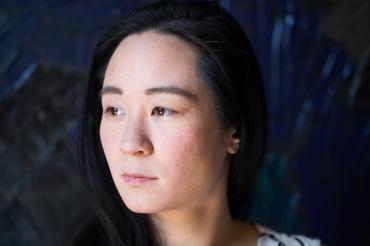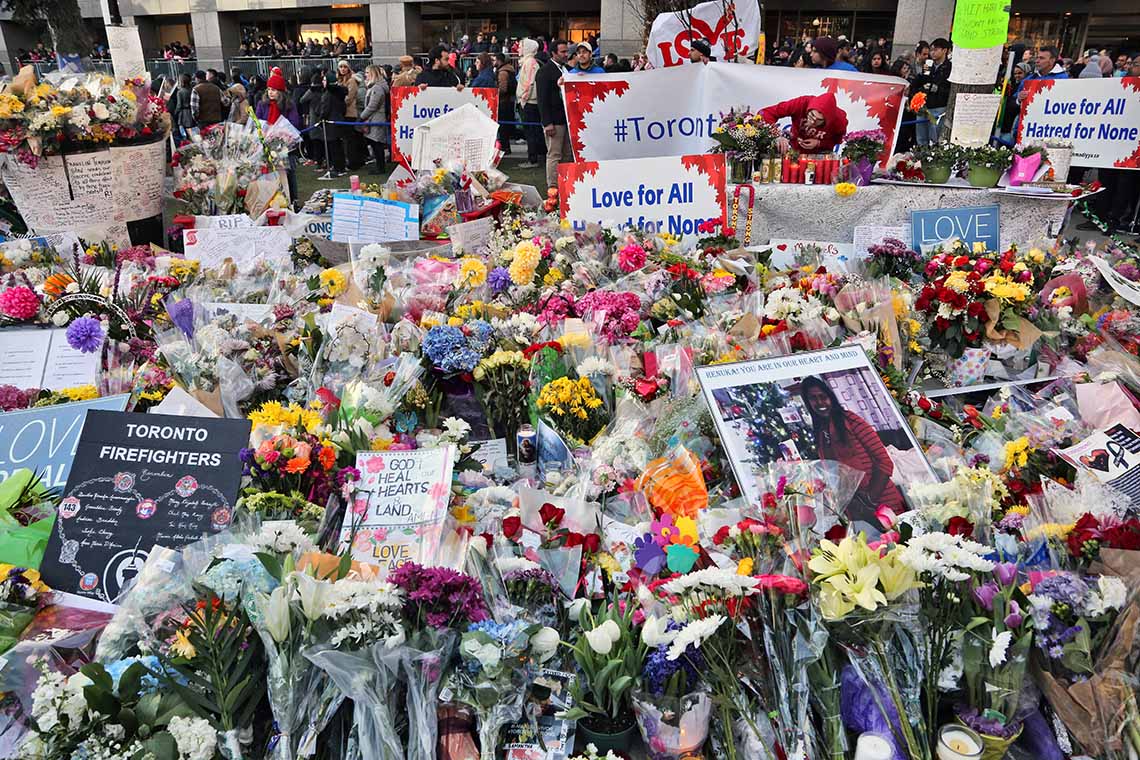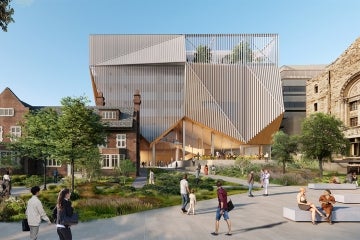She helped victims of the Toronto van attack. Now this CPR trainer is coming to U of T for resuscitation research

Published: August 22, 2018
Tiffany Jefkins has known CPR since she was a teenage lifeguard. She practised it as a respiratory therapist at Toronto General Hospital for six years before working for a first-aid and CPR training business.
She was so fascinated by resuscitation science, particularly the role that bystanders play in emergencies, that she applied to start a master’s degree in health services research at the University of Toronto in the fall.
Although she is experienced in CPR, she had never attempted to save a life outside of a hospital – until last spring. On April 23, she was a witness to the van attack near Yonge Street and Finch Avenue that left 10 dead, including a U of T student, and many more injured.
Jefkins was picnicking in Mel Lastman Square with her 10-month-old daughter, Eleanor, and a friend when she saw a white van on Yonge Street mount the curb, about 20 metres away. It hit four people, turned and continued speeding down the street.
“If I had to describe it in one word, it's chaos,” she says. “There's screaming, running. There are cameras out, phones out. It's really hard to describe in a way that other people can relate.”
Jefkins buckled her daughter into her stroller, asked her friend to look after Eleanor and ran toward the victims. She tended to one victim lying face down on a grate while another bystander treated someone else. Jefkins checked the victim closest to her for a pulse, but there was none. She administered chest compressions while coaching the man who was putting pressure on the other victim’s injuries.
All around, a crowd of about 40 people stood sobbing and screaming. She could tell from a woman’s phone conversation that she was speaking to 911.
Jefkins was well acquainted with the concept of the bystander effect – the idea that bystanders are less likely to help in an emergency when responsibility is spread thin among a group – but hadn’t seen it until then.
“One of the distinctive things I remember is looking up at the crowd and trying to identify someone who might be able to help,” she says. She took charge and recruited a volunteer from the crowd to take over for her so she could treat a third victim several feet north on Yonge.
Do as I do, she instructed other bystanders. Lock your elbows, push with your back. Push hard, push fast.
She initiated CPR on the third person and eventually taught another volunteer to assist a fourth victim. Security guards from the area appeared with automated external defibrillators.
At some point, Jefkins went back to the volunteers to offer encouragement: “I came back to them and basically said, ‘What's your name?’ I told them my name, and then I said, 'You're doing a great job. Keep going. You're making a difference.'”
She says time slowed before first responders arrived so it felt like an eternity, when it was probably only minutes.
Jefkins says of the four people they helped, one survived.

Nearly a week after the van attack on April 23, an inter-faith vigil was held at Nathan Phillips Square in memory of the 10 people killed and more than a dozen injured (photo by Creative Touch Imaging Ltd./NurPhoto via Getty Images)
Tim Alamenciak, a journalist at TVO and friend of Jefkins, described her actions as “a story of strength and courage, one that shows that the antidote for hatred is helping.”
Read more about Back To School 2018
Jefkins sought out counselling to deal with the trauma. “I felt like I was living in a dream for about a week,” she says, adding that she couldn't sleep and her thoughts often returned to the attack.
The psychological aftermath of performing CPR happens to be a specialty of her supervisor at U of T, Katie Dainty.
Dainty is an assistant professor at the Institute of Health Policy, Management and Evaluation – where Jefkins is planning to do her master’s – as well as a research chair in patient-centred outcomes at North York General Hospital.
“Some research has shown that bystanders actually experience various levels of PTSD-like symptoms,” Dainty says, “so everything from not being able to sleep, and them thinking about it all the time and it overtaking them.”
She and researchers at St. Michael's Hospital started a website called the Bystander Support Network, which helps connect witnesses to or survivors of a cardiac arrest with one another and provides links to recent research.
Because of Jefkins’ experience as a CPR trainer, she already brings a different perspective to her research, Dainty says. Now it's even more distinctive.
“She can bring a real understanding of the experience,” Dainty says. “We're hoping she'll work with bystanders and do empirical research with them, but at the same time she comes with a perspective to investigate it like nobody else can.”
A 2016 study co-authored by Dainty – based on a public survey of 428 Canadians – says there are “serious and fundamental gaps in knowledge about CPR on the part of the lay people that may contribute to inaction.” Bystander CPR rates are “considerably lower” in Canadian communities compared to international counterparts, rarely exceeding 30 per cent, the researchers say.
Jefkins says she hopes her contributions to the field will lead to changes in policy to make CPR training more accessible and save more lives. Her experience in the spring has strengthened her resolve, she says.
“Having gone through this and being in that position I really feel like in a way, this is what I was called to do.”



